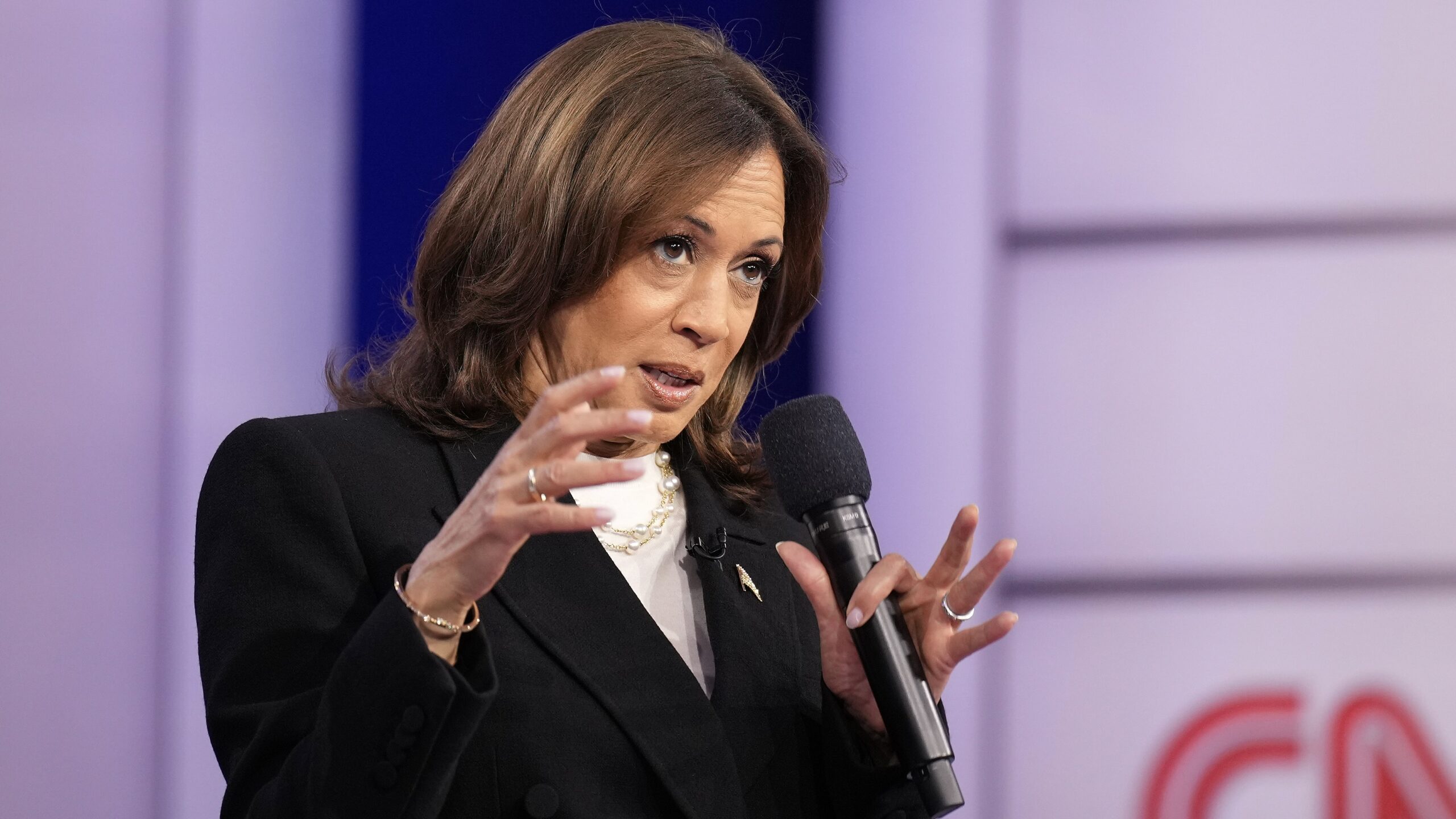Bill Gates and Other Liberal Mega-Donors Fund Plan To Inject Climate Hysteria Into Newsrooms
Some of the country’s biggest liberal foundations are behind a plan to inject climate hysteria into newsrooms across the country by encouraging journalists in all fields to employ left-wing tactics and talking points when reporting on climate change. The Climate Blueprint for Media Transformation was born out of a 2023 climate conference sponsored by the ...

Some of the country’s biggest liberal foundations are behind a plan to inject climate hysteria into newsrooms across the country by encouraging journalists in all fields to employ left-wing tactics and talking points when reporting on climate change.
The Climate Blueprint for Media Transformation was born out of a 2023 climate conference sponsored by the Solutions Journalism Network and Covering Climate Now. The Solutions Journalism Network is funded by a who’s-who of left-wing foundations, including the Chan Zuckerberg Initiative, the Ford Foundation, the Bill & Melinda Gates Foundation, and the Hewlett Foundation. The Gates Foundation has been instrumental in the war on meat, while the Hewlett Foundation has a track record of working to influence reporters.
Their influence can be seen in the Climate Blueprint, a 14-part guide for how journalists should cover climate change. Each section of the document is written by a different journalist or activist, and covers subjects ranging from “Community Engagement” to “Climate Justice.”
The Climate Blueprint opens with a section called “The Everything Story,” in which Covering Climate Now deputy director Andrew McCormick encourages journalists to “take bold action” and make stories on “every beat,” including crime and sports, about climate change.
Covering Climate Now co-founder Kyle Pope echoed his colleague’s advice in the Columbia Journalism Review Monday, complaining that the Kardashian family received more coverage than rising ocean temperatures. Pope also claimed that climate change has begun to be covered only “very recently,” and urged journalists to step up and “tell the most important story on Earth.”
In the Blueprint’s section, on “Community Engagement,” “India Currents” audience engagement editor Prachi Singh says that “reporters need to shift from chasing deadlines to meaningfully connecting” with “women, people of color, Indigenous peoples, the LGBTQIA+ community,” and other groups Singh says are more affected by the “climate crisis.”
Investigative reporter Amy Westervelt explicitly urges journalists to paint anyone involved with the fossil fuel industry as a villain, urging reporters to find universities that take money from energy companies and build relationships with “one professor who doesn’t particularly like the arrangement,” presumably to have him criticize his employer.
On the flip side, Pulitzer Prize-winning journalist Jennifer Oldham encourages reporters to “put in the time to gain activists’ trust,” noting that “validation is paramount” and offering tips for reporters to “best cover climate campaigns in order to give them the weight they deserve.”
One such tip: “Be intentional with your language.”
“Do you call an event a ‘demonstration; or a ‘riot’?” Oldham asks. “Words matter. Calling an encounter a ‘violent clash with police’ criminalizes demonstrators without offering a comparable criticism of law enforcement’s actions.”
The Climate Blueprint may call for reporters to go all-in on the climate crisis. But it also notes that doing so could be traumatic for journalists.
“Leadership at the publication has taken thoughtful steps to lighten the workload in summer, when heat-driven extreme weather — from wildfires to hurricanes — worsens,” Yessenia Funes, “a New York-based queer Latina journalist,” writes in the Blueprint. “By getting ahead on stories during the lull of winter and spring, the team isn’t overwhelmed by the onslaught of tragedy after summer tragedy.”
“Ultimately, climate and environmental reporters can’t carry this burden alone,” Funes adds. “It is incumbent on the industry to take the time to build resources professionals urgently need — including access to high-quality health care and flexible work schedules that give journalists the time they need to pause and reflect on the stories they’re responsible for sharing and the emotions they’re silently carrying.”
The push to inject more hysteria into reporting comes amid mounting evidence that the warnings about the climate crisis have been overblown. The Washington Post this month published a chart showing the Earth’s current mean surface temperature is actually around the lowest it has been in the past 485 million years.
This year also marks the deadline for the Pentagon’s 2004 predictions in a report to President George W. Bush that in 20 years, climate change would wreak havoc on the world, turning Great Britain “Siberian” and leading to nuclear conflict, drought, and famine.
None of those predictions have come to pass.
Originally Published at Daily Wire, World Net Daily, or The Blaze
What's Your Reaction?





























































































